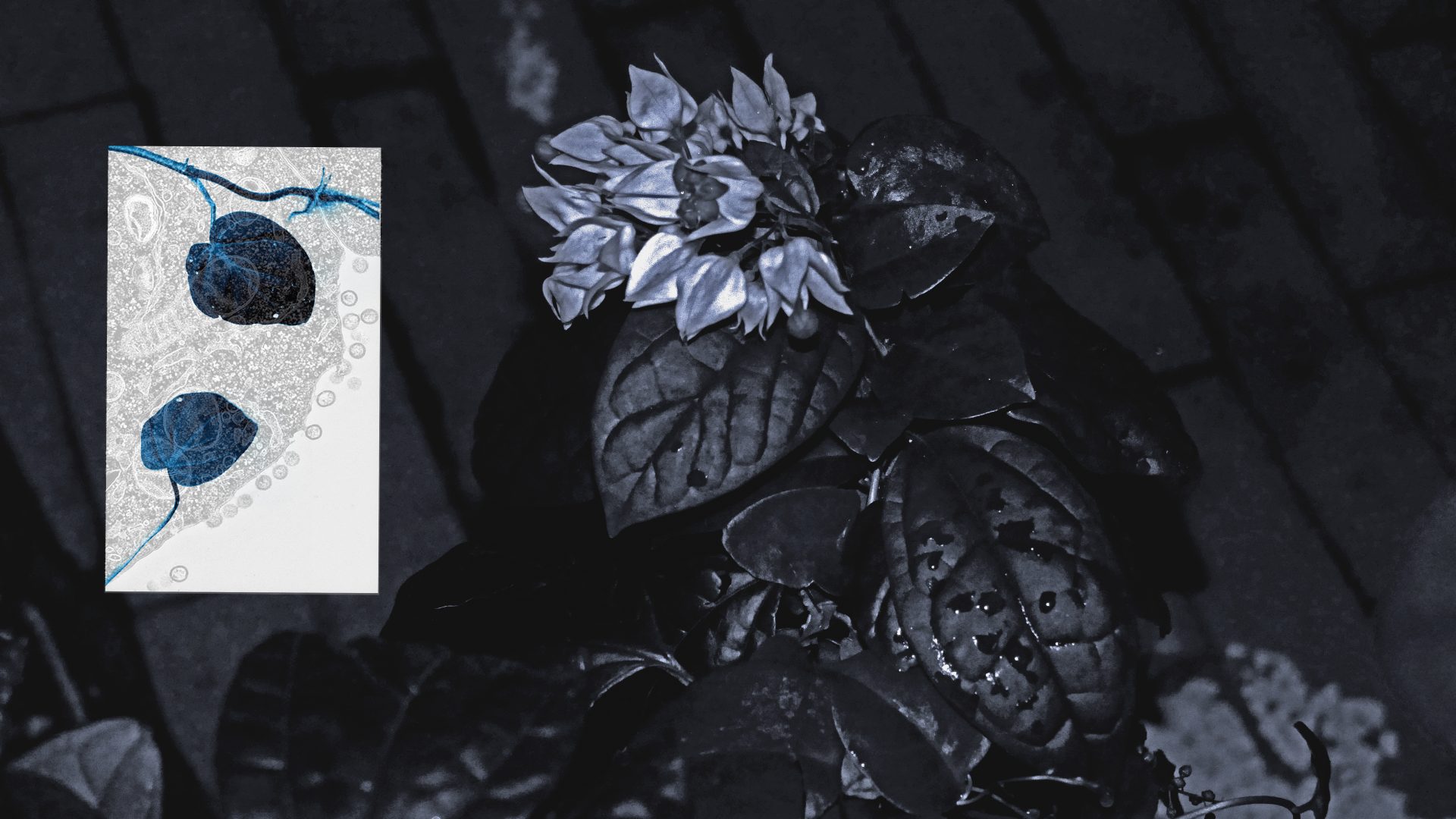The Open Call for the Social Art Award 2019 under the topic “We are the People – Peaceful Revolutions” was closed on December 15, 2019. We are very impressed by 558 submissions that were contributed by artists coming from 65 countries across all continents.
The winners of The Social Art Award 2019 are Narcissa Gold (USA), Melinda Mouzannar (Lebanon) and Bogna Grazyna Jaroslawski (Poland/Germany). The Honorary Mention goes to Kingson Kin Sing Chan (Hong Kong/UK).
Below you find the artworks, that passed the initial jury round. The public voting took place till 30 December and is a tool to give more public visibility to the topic and the artworks. It does not replace the final jury judgment. There were two wildcards for the most voted artworks that entered the final shortlist.
The focus diversity of applications shows that artists are active in the multi-faceted fields of socially engaged art reflecting on wars, genocides, femicides, traumata, violence against refugees, children, women, men, disabled people, LGBTIQs, animals. They share feelings for the planet and its living species, but also showing hopelessness due to complex crises be it climate change (e.g. in regard to water pollution), capitalism, corruption, a violation against human rights, nature, protected national parks. Many of the artists are constantly trying to give a voice to the poorest or empower unheard social groups.
It’s not only about peaceful revolutions, but it’s also about feeling a deep connection and showing love and respect for each other.
Thank you all for sharing your great and inspirational work and look at all the great contributions!
(sero)TROPICAL(e) n°3
Gian Cruz
open category
These serve as atypical and performative selfportraits of me in relation to being diagnosed with HIV. And in the earlier stages of its detection, also recounts my struggle with AIDS-related complications in early 2015. (sero)TROPICAL(e) explores my link with the tropics as an off-white homosexual male with mixed ethnicity encompassing topographies and ecologies pertaining to my queerness, which I find inexorably linked to nature. At one hand, it comes through bold gestures on decolonizing nature and in the process aesthetics nestled within the tropes of tropicality as an active site of resistance. On another, it also serves as visual metaphors for my malady and seeking the answers in nature and in the process seeking further elsewheres about my condition and position. Altogether (sero)TROPICAL(e) culiminates a feminine vision of an alternative art history (often invisible) encompassing the peculiar contours and assemblage of my own respective identity relating to the self, society, gender, class, race, age and positionality as re-told through the HIV/AIDS narrative which are often told in a context of a very white and occidental trajectory. It sees decoloniality as a means of exploring it from the other side and not from a Eurocentric position engaging dialogue from Europe but rather investigating and re-learning and un-learning from the fringes, from the peripheries. It also reworks and references my currently ongoing work entitled Libidinal Tropicalities and re-assess and re-configures the dynamics of the project towards a stronger link between art and science and my preoccupations as an artist living with HIV and its persistent state of being linked to nature and ecologies. It also seeks to look into new ways of seeing nature and decolonizing established views on ecologies to the persistent and more promising tropes of queerness active within nature. Libidinal Tropicalities explores how to mutate the incomprehensibility of the tropics. It actively looks for sites of resistance nestled within the geographic boundaries widened by peculiar historical contexts. It invests in tropicality as a crucial site of resistance. It consciously creates this decolonial gesture of linking and de-linking as it re-connects the Philippines to a specific aspect of its colonial past and the directive of a new geopolitical space, Latin America. Libidinal Tropicalities explores the human-nature link at large while specifically delving into identities and sexualities alongside the currents in the contemporary art world, linking us to the anthropocene, issues of sustainability and re-establishing new ecologies. This also posits a more clear-cut manner as to how to look into the position of the Philippines in Asia, or more specifically, in Southeast Asia, and enables a dynamic understanding of its positions and contexts. Furthermore, crucial take-off points in this inquiry operate on exploring my link to the tropics as an off-white homosexual male with mixed ethnicity encompassing topographies and ecologies pertaining to my queerness, which I find inexorably linked to nature. It takes the cue from the idea of “queer ecologies” which posits how queerness is inherent in nature by Colombian transgender biologist Brigitte LG Baptiste while also integrating peculiar Philippine historical contexts in line with its link to Latin America such as the Manila galleon trade, the supposed first and oldest botanical garden in Southeast Asia intended for Manila and the Malaspina expedition. How can art catalyze change?: As an off-white homosexual male artist living with HIV of mixed descent and living and working in Manila (and recently relocated in Barcelona, Spain) where close to non-existent forms of support for artists especially on the institutional side, it serves as a crucial site of dialogue unearthing multiple means of learning and un-learning conventional tropes of asserting my artistic practice alongside a critical visibility into the contemporary art world’s sites of centrality. And having worked with a lot of institutions and foundations over the course of my career, I want to actively seek potential elswheres of investigating alternative modes of exhibition, of translating personal experiences into the exhibitionary mode to the likes of reasserting the positionality of an HIV-infected artist body in the digital space and also integrate it into new developments into the sustainability concept of the Anthropocene (which I also like to refer to as the capitalocene). And furthermore, a site of interest is also integrating the domain of off-white queer identities in the digital space working with the context of the strengthening human-nature link present in recent art histories. The art that stems from the peripheries and the multifarious tropes of elsewheres and often off-centre are ones that potentially can catalyse change.
These serve as atypical and performative selfportraits of me in relation to being diagnosed with HIV. And in the earlier stages of its detection, also recounts my struggle with AIDS-related complications in early 2015. (sero)TROPICAL(e) explores my link with the tropics as an off-white homosexual male with mixed ethnicity encompassing topographies and ecologies pertaining to my queerness, which I find inexorably linked to nature. At one hand, it comes through bold gestures on decolonizing nature and in the process aesthetics nestled within the tropes of tropicality as an active site of resistance. On another, it also serves as visual metaphors for my malady and seeking the answers in nature and in the process seeking further elsewheres about my condition and position. Altogether (sero)TROPICAL(e) culiminates a feminine vision of an alternative art history (often invisible) encompassing the peculiar contours and assemblage of my own respective identity relating to the self, society, gender, class, race, age and positionality as re-told through the HIV/AIDS narrative which are often told in a context of a very white and occidental trajectory. It sees decoloniality as a means of exploring it from the other side and not from a Eurocentric position engaging dialogue from Europe but rather investigating and re-learning and un-learning from the fringes, from the peripheries. It also reworks and references my currently ongoing work entitled Libidinal Tropicalities and re-assess and re-configures the dynamics of the project towards a stronger link between art and science and my preoccupations as an artist living with HIV and its persistent state of being linked to nature and ecologies. It also seeks to look into new ways of seeing nature and decolonizing established views on ecologies to the persistent and more promising tropes of queerness active within nature. Libidinal Tropicalities explores how to mutate the incomprehensibility of the tropics. It actively looks for sites of resistance nestled within the geographic boundaries widened by peculiar historical contexts. It invests in tropicality as a crucial site of resistance. It consciously creates this decolonial gesture of linking and de-linking as it re-connects the Philippines to a specific aspect of its colonial past and the directive of a new geopolitical space, Latin America. Libidinal Tropicalities explores the human-nature link at large while specifically delving into identities and sexualities alongside the currents in the contemporary art world, linking us to the anthropocene, issues of sustainability and re-establishing new ecologies. This also posits a more clear-cut manner as to how to look into the position of the Philippines in Asia, or more specifically, in Southeast Asia, and enables a dynamic understanding of its positions and contexts. Furthermore, crucial take-off points in this inquiry operate on exploring my link to the tropics as an off-white homosexual male with mixed ethnicity encompassing topographies and ecologies pertaining to my queerness, which I find inexorably linked to nature. It takes the cue from the idea of “queer ecologies” which posits how queerness is inherent in nature by Colombian transgender biologist Brigitte LG Baptiste while also integrating peculiar Philippine historical contexts in line with its link to Latin America such as the Manila galleon trade, the supposed first and oldest botanical garden in Southeast Asia intended for Manila and the Malaspina expedition. How can art catalyze change?: As an off-white homosexual male artist living with HIV of mixed descent and living and working in Manila (and recently relocated in Barcelona, Spain) where close to non-existent forms of support for artists especially on the institutional side, it serves as a crucial site of dialogue unearthing multiple means of learning and un-learning conventional tropes of asserting my artistic practice alongside a critical visibility into the contemporary art world’s sites of centrality. And having worked with a lot of institutions and foundations over the course of my career, I want to actively seek potential elswheres of investigating alternative modes of exhibition, of translating personal experiences into the exhibitionary mode to the likes of reasserting the positionality of an HIV-infected artist body in the digital space and also integrate it into new developments into the sustainability concept of the Anthropocene (which I also like to refer to as the capitalocene). And furthermore, a site of interest is also integrating the domain of off-white queer identities in the digital space working with the context of the strengthening human-nature link present in recent art histories. The art that stems from the peripheries and the multifarious tropes of elsewheres and often off-centre are ones that potentially can catalyse change.



